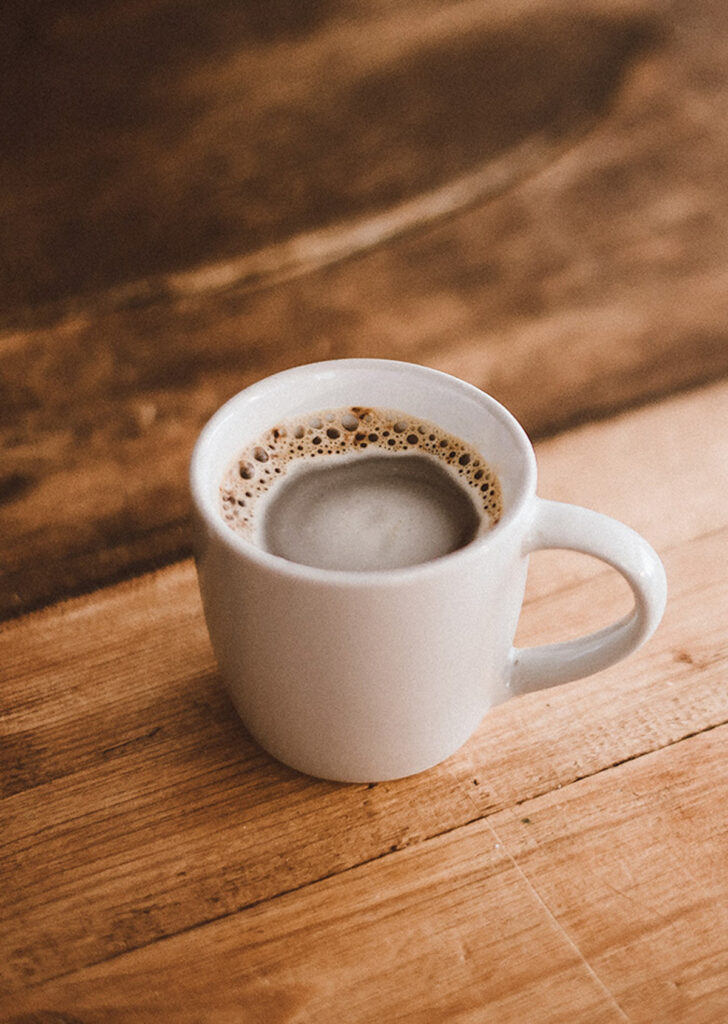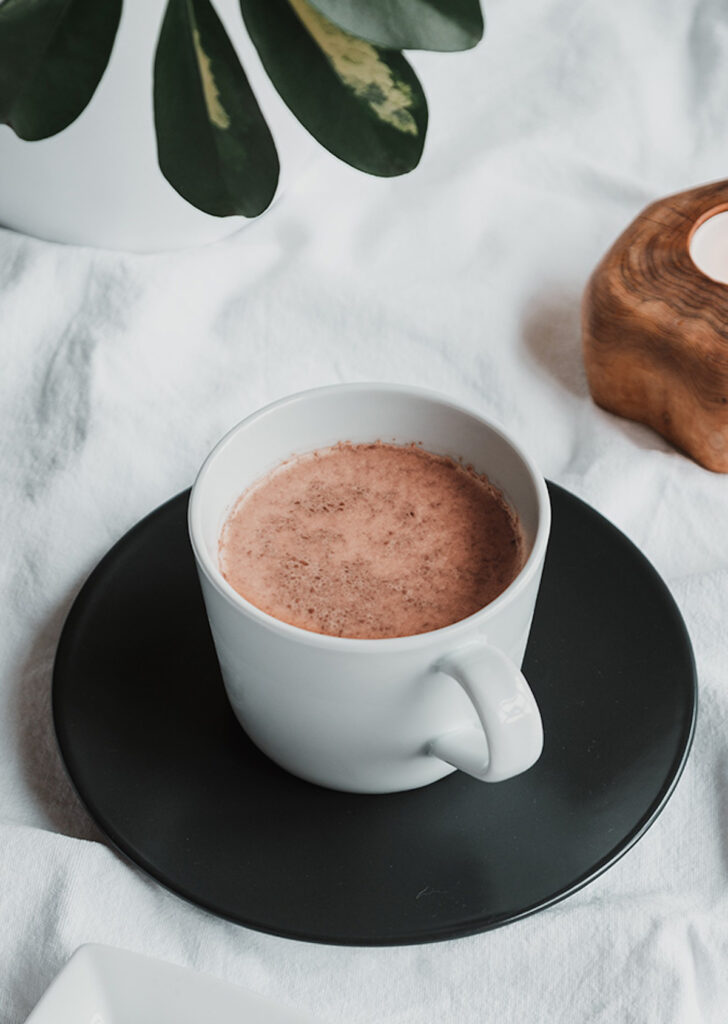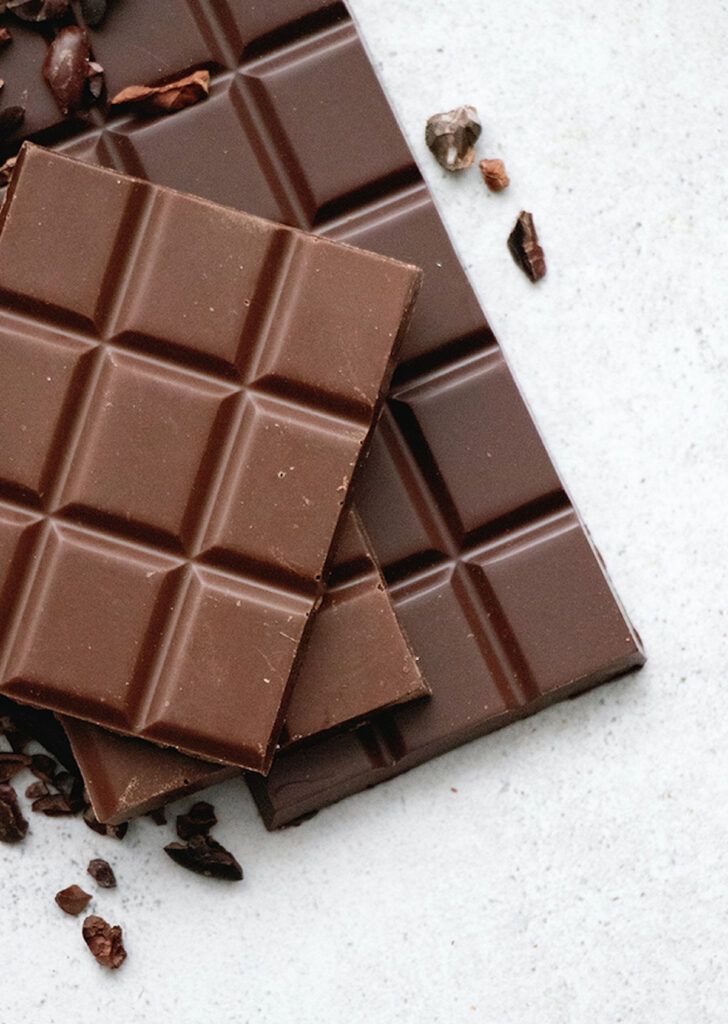Ever wondered what’s the difference between cacao vs coffee? We have an article on that too!
However, today we are focusing specifically on the differences of caffeine in cacao vs coffee. Both cacao and coffee share many qualities: for example, both come from plants, both have health benefits, and of course, both create delicious hot beverages!
And, both beans contain high amounts of antioxidants and help prevent cardiovascular disease, lower blood pressure, and have even been proved to promote learning and memory. Besides, who doesn’t love delicious chocolate bars?!
But when it comes to caffeine, it’s clear that coffee is the real winner. Unless you don’t want that caffeine kick, then cacao is the winner… Either way, it is a fact that coffee has more caffeine than cacao.
But how much less caffeine does cocoa have when compared to coffee? Is it a big difference or can you drink either without a care? Well, we did the research for you, so let’s get started!
How much caffeine is in coffee?
Many people drink coffee for the boost of energy they get from it, others drink it because it’s tasty. Others drink it for both reasons, or just for the social aspect of it. Whatever reason you are drinking coffee for, we think it is important to be aware of its caffeine levels.

Especially if caffeine is something you are trying to keep an eye on – caffeine is found in many different foods that we are not even aware of!
Let’s start with the basics, a cup of black coffee has about 95 mg of caffeine. That’s just generally speaking, though, because caffeine levels depend on other aspects, such as type of beans (Robusta has almost double amount of caffeine than Arabica), level of roasting (light roast coffee beans have more caffeine than dark roasts), and the brewing method (a shot of espresso typically has more caffeine than drip coffee, per ounce, and cold brew has more caffeine than an Americano).
If you want more information on the topic, check out our article – How much caffeine in 8oz of coffee – we cover in-depth how much the caffeine content changes according to each brewing method & other factors!
How much caffeine is in cacao?
The source of cocoa and chocolate is the fruit of the cacao trees, Theobroma cacao, native to Central and South America. In fact, ancient Mesoamericans were the first to ground roasted cocoa beans into a paste mixed with water, vanilla, and some spices to brew a frothy chocolate drink. They were also the first to realize chocolate had energy-boosting and medicinal qualities and even considered cacao a gift from the gods. In fact, they called it the food of the gods – that’s how much they loved it.

Cacao is where chocolate is made from; this includes chocolate beverages such as hot cocoa, cocoa powder, milk chocolate, cacao nibs, dark chocolate bars, and many other foods and drinks that we all love. It’s important to note that typically white chocolate does not have cacao, it’s just cocoa butter mixed with sugar and other ingredients
But did you know that cacao has many health benefits, just like coffee does? For example:
- Cacao is rich in nutrients, especially minerals such as iron, copper, manganese, and zinc. It is especially a great source of magnesium, too.
- Cacao has plenty of theobromine, which acts as a stimulant, just like caffeine.
- Theobromine causes a feeling of euphoria and contentment without making you feel nervous.
- Cacao boosts your mood and boosts your alertness.
- Cacao promotes serotonin, the happy hormone, to circulate in the brain.
But nothing is perfect, and sadly, this includes cacao. In moderation, cacao products are fine, but consume too much and it may do some harm.
Although the caffeine content in cacao is significantly lower than that in your morning cup of coffee, there is still caffeine in it. Typically, 1 teaspoon of cacao powder has 6.6 mg of caffeine. Now if we go back in our article a bit, we can see that one cup of coffee has about 95 milligrams of caffeine. It’s a huge difference!
Even a cup of green tea has more caffeine, as 1 cup of steeped green tea has between 20 to 45 mg of caffeine, and a cup of black tea has even more than that.
What is theobromine?
There is one main difference between cacao and coffee, and that is theobromine. We mentioned it briefly, but here’s a better breakdown for you:
Theobromine is a popular alternative to caffeine, and has a longer-lasting effect, only milder, than caffeine. Theobromine can be found naturally in cacao and some tea leaves, although cacao is the primary source of this stimulant.

Theobromine is part of the same class of stimulants as caffeine, but the biggest difference is that it is not a central nervous system stimulant, and therefore, doesn’t give the spike and crash that caffeine gives.
Cacao has ten times more theobromine than caffeine, meaning you’ll get a positive effect on your mood and state of alertness, but with fewer side effects than caffeine.
So, if you are looking for similar effects that caffeine has but without the jittery fast heart rate feeling that it occurs with sometimes, cacao might be what you are looking for.
However, for those days when you need a real pick-me-up, drink a cup of joe and enjoy the energy boost it’ll give you. In fact, most coffee shops often have mocha coffee which is a mix of raw cacao powder or chocolate liquor with coffee, sometimes made from a French press, an espresso maker, or other brewing methods. No matter what brewing method you choose, we just know that the first sip will be delicious.
What did you think about this information? Did your perspective change regarding coffee and cacao? Let us know in the comments!
